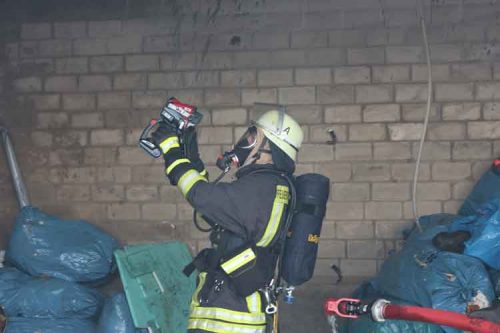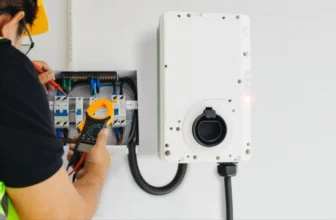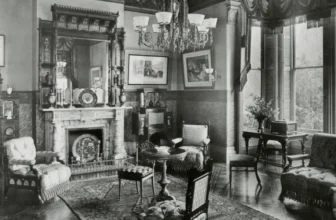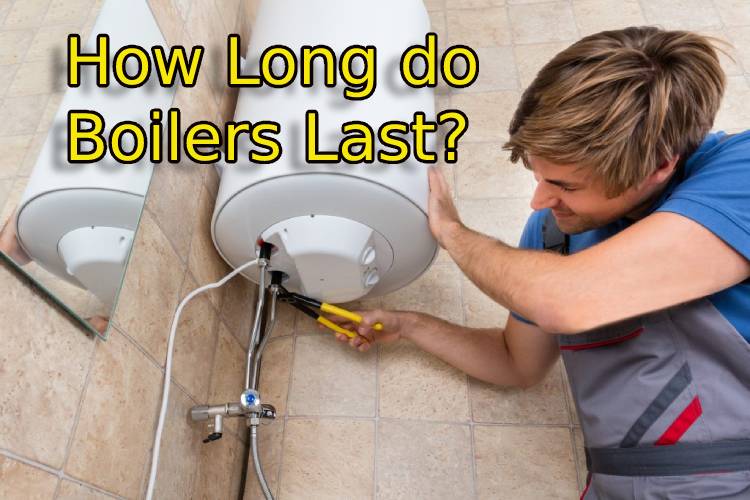Thermal imaging is the closest thing we have to “X-ray vision.” Even though most people associate thermal imaging cameras with news coverage, many different organizations, services, and professionals use them in various situations. As it turns out, thermal imaging cameras have a variety of applications.
Safety and Law Enforcement
Firefighting: Firefighters use thermal imaging systems to confirm whether all stumps or spot fires are out. Firefighters also use thermal imaging cameras to carry out “mop up” work after wildfires.
Surveillance: Police helicopters often use thermal scanners to track someone fleeing a crime scene or to check whether there are any burglars hiding in a building.
Drug busts: Grow-lights used for illegal purposes emit unusual heat signatures within homes. So, if the police suspect someone is growing marijuana in their home, they may use thermal scanners to check for heat lamps.
There have been some legal issues regarding the use of thermal cameras for this purpose because it may be a violation of a person’s Fourth Amendment rights.
Search and rescue: Rescue services use thermal imaging systems to search for people in smoke-filled or dark rooms.
Disease control: If you flew somewhere during the Covid-19 pandemic, airport security may have scanned you with a thermal camera to check whether you have a fever. Many airports used thermal scanners during the SARS outbreak as well.

Thermal Imaging
Wildlife and Pests
Animal rescue: In hard-to-access areas, animal rescue services can use thermal scanners to find stranded pets or wild animals.
Unwanted pests: If you think rats, possums, or other pests may be hiding under your roof, you can use a thermal imaging camera to find them.
Termite detection: Building and termite inspectors often use thermal cameras as a detection tool. They can help them pinpoint areas of termite activity.
Hunting: Although they are not that popular, some hunters use infrared camera binoculars and rifle scopes to find games.
Mechanical Inspection and Preventative Maintenance
Preventative maintenance: To reduce the risk of fire or carry out maintenance work, businesses often get a thermal imaging survey. It can also help them investigate commercial components and installations.
HVAC maintenance and performance: Homeowners and business owners can use thermal imaging to inspect their HVAC equipment (heating, ventilation, and air conditioning). It can help them see how much heat the equipment can generate or they can use it to detect areas of heat loss. Around comms racks and in server rooms, it can show you how you can improve air conditioning ducts.
Leaks: Detecting the source of a water leak can be quite difficult. Sometimes, you even have to destroy a part of your property to find it. To make things much easier, many plumbers use thermal cameras.
Greenhouses: Flower and plant nurseries can use infrared cameras to review issues.
Ducks and pipes: If there is a blockage in pipework or a ventilation system, thermal cameras can pinpoint their exact location.
Aircraft maintenance: Aircraft mechanics use thermal cameras to inspect planes for loose components, debonding, and cracks.
Welding: Infrared cameras allow welders to see how the temperature varies along a weld.
Moisture and mold: If moisture related-issues such as mold and rising damp are troubling your home, you can use thermal imaging to find the source of damage.
Insulation Issues and Energy Leakage
Air leaks: You can use an infrared camera to check for air leakage in your home. It can be around door frames and windows as well as in heating ducts and air conditioning.
Insulation issues: You can use thermal imaging to see how effective your wall and ceiling insulation is. It can help you detect any gaps.
Hot water: Thermal imaging cameras can show whether there is any heat loss in hot water tanks and pipes.
Heater performance: One can use infrared cameras to check the performance of electrical heaters, fireplaces, boilers, and other heating systems.
Heat transfer: The efficiency of a solar hot water system depends on how well it can transfer heat, and infrared cameras can help you determine that.
Thermal Scanners for Technicians and Electricians
Power usage: Electricians use thermal imaging systems to see how much power a circuit on a switchboard is using. They can help them quickly find problem circuits.
Loose or hot electrical connectors: Electricians often rent infrared cameras to find “hot joints” (defective connections).
Overheated components: Technicians use high-end thermal imaging cameras to detect overheated electrical components such as transformers and substations. These cameras often feature adjustable lenses. They allow for greater accuracy.
Healthcare
Skin temperature: Variations in skin temperature can be a symptom of an underlying medical issue. A thermal scanner is a non-invasive tool that can help doctors diagnose such issues.
Circulation problems: A healthcare professional can use thermal imaging cameras to examine a patient for circulatory disorders such as deep vein thrombosis.
Musculoskeletal problems: Some doctors use thermal scanners to diagnose a variety of limb, back, and neck disorders.








